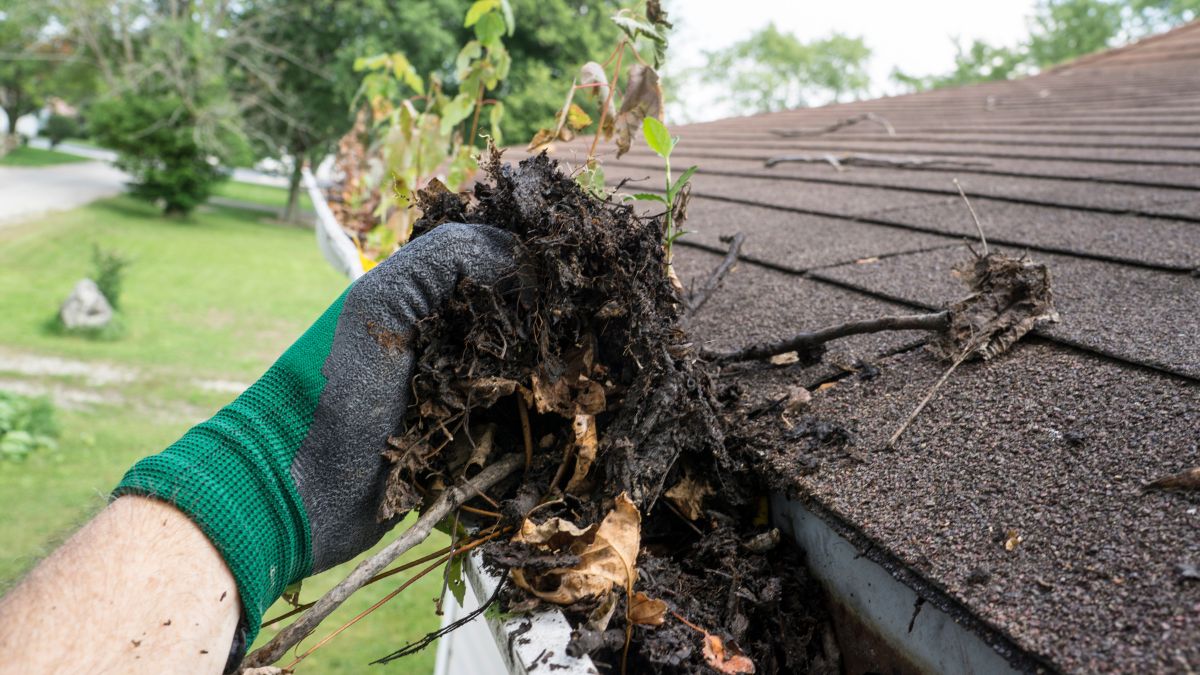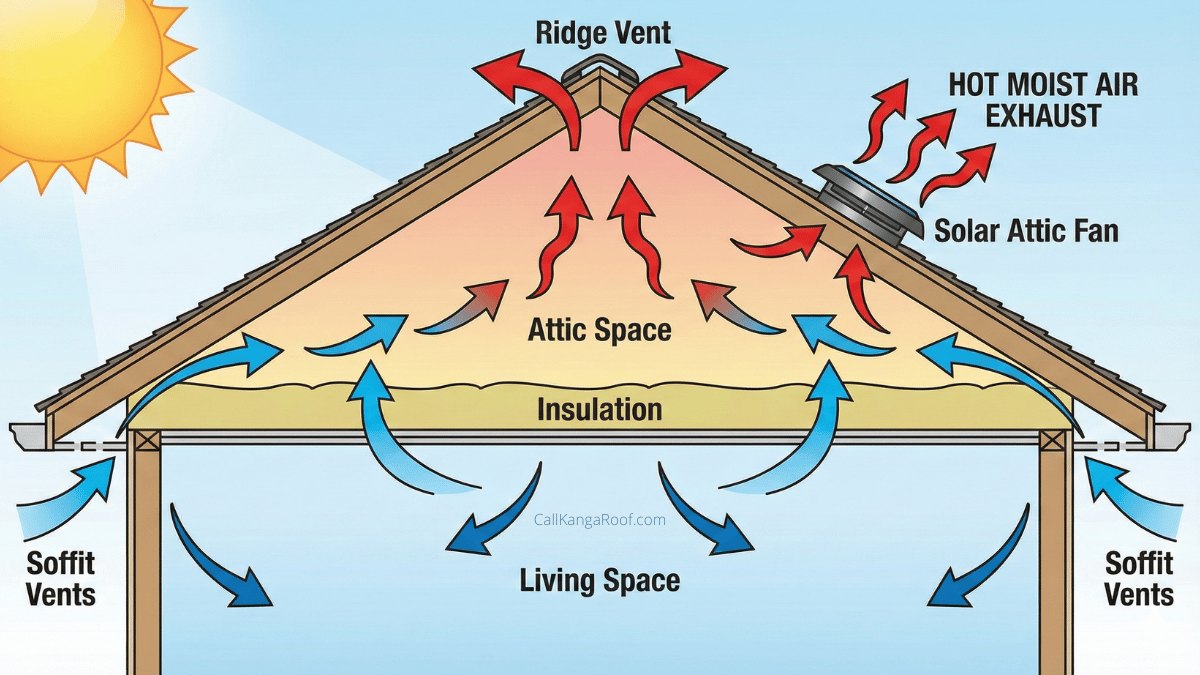Reroofing Vs Roof Replacement: How Do I Know Which One I Need?
A roof is one of the most critical parts of any building. It protects your home from the elements and keeps you and your family safe from outside threats. However, over time, the roof can become damaged, and it may be necessary to repair or replace it.
This can be a significant investment, so it’s important to understand the difference between reroofing and roof replacement and how to decide which one you need.
What is Reroofing?
Reroofing involves placing a new layer of shingles on top of the existing roof.
This is not the entire roofing system just a part of it on the top.
This is an option when the underlying structure is still sound, and there is only minor damage to the surface layer. It is also known as a “roof overlay,” and it can be an affordable option to extend the lifespan of your roof.
Advantages of Reroofing?
One of the primary advantages of reroofing is that it is a less invasive process than a complete roof replacement. The process is usually quicker and less expensive because there is no need to remove the existing roof completely. Additionally, reroofing can be a good option if you want to change the color or style of your roof without investing in a full replacement.
Disadvantages of Reroofing?
While reroofing can be a good option in some cases, there are a few drawbacks to consider. First, it can only be done once. After the second layer of shingles is added, you’ll need to replace the entire roof when it’s time for the next repair. Additionally, reroofing can add extra weight to your roof, which can be a problem if your home was not built to withstand that extra weight.
What is a roof replacement?
Roof replacement is the process of completely removing the existing roof and installing a new one. This is necessary when the damage is too extensive for reroofing to be effective. This is when we you replace even the decking that can be rotten. This is a tride and true new roofing SYSTEM, not just one layer of the roof. In some cases, it may also be more cost-effective in the long run to replace the roof rather than to continue repairing it.
Advantages of Roof Replacement
One of the primary advantages of roof replacement is that it is a long-term solution. A new roof can last up to 30 years or more, depending on the materials used and how well it’s maintained. Additionally, replacing your roof can tremendously increase the value of your home and improve its curb appeal. A roof replacement is one of the best investments for increasing the value of your home and protecting it a the same time. It is also the best time to update to something extraordinary like GAF Timberline Solar Shingles. Have a sleek, durable yet esthetically pleasing roof that can power your home.
The Disadvantages of Roof Replacement
The primary disadvantage of roof replacement is the cost. It is typically more expensive than reroofing because it involves removing the entire roof and installing a new one. Additionally, the process can be more time-consuming and invasive, which can be a disruption to your daily life.
How to Decide Which One You Need?
So, how do you decide whether to reroof or replace your roof? The answer depends on the extent of the damage to your roof and your budget. If the damage is minor and limited to the surface layer, reroofing may be a good option. However, if the damage is more extensive, or if your roof is nearing the end of its lifespan, it may be time to invest in a complete replacement.
Reroofing and roof replacement are both valid options for repairing or improving your roof. The decision between the two will depend on the extent of the damage, your budget, and your long-term goals for your home. At KangaRoof we can assess your situation and provide guidance on the best course of action by scheduling a roof inspection with one of our roofing advisors.




